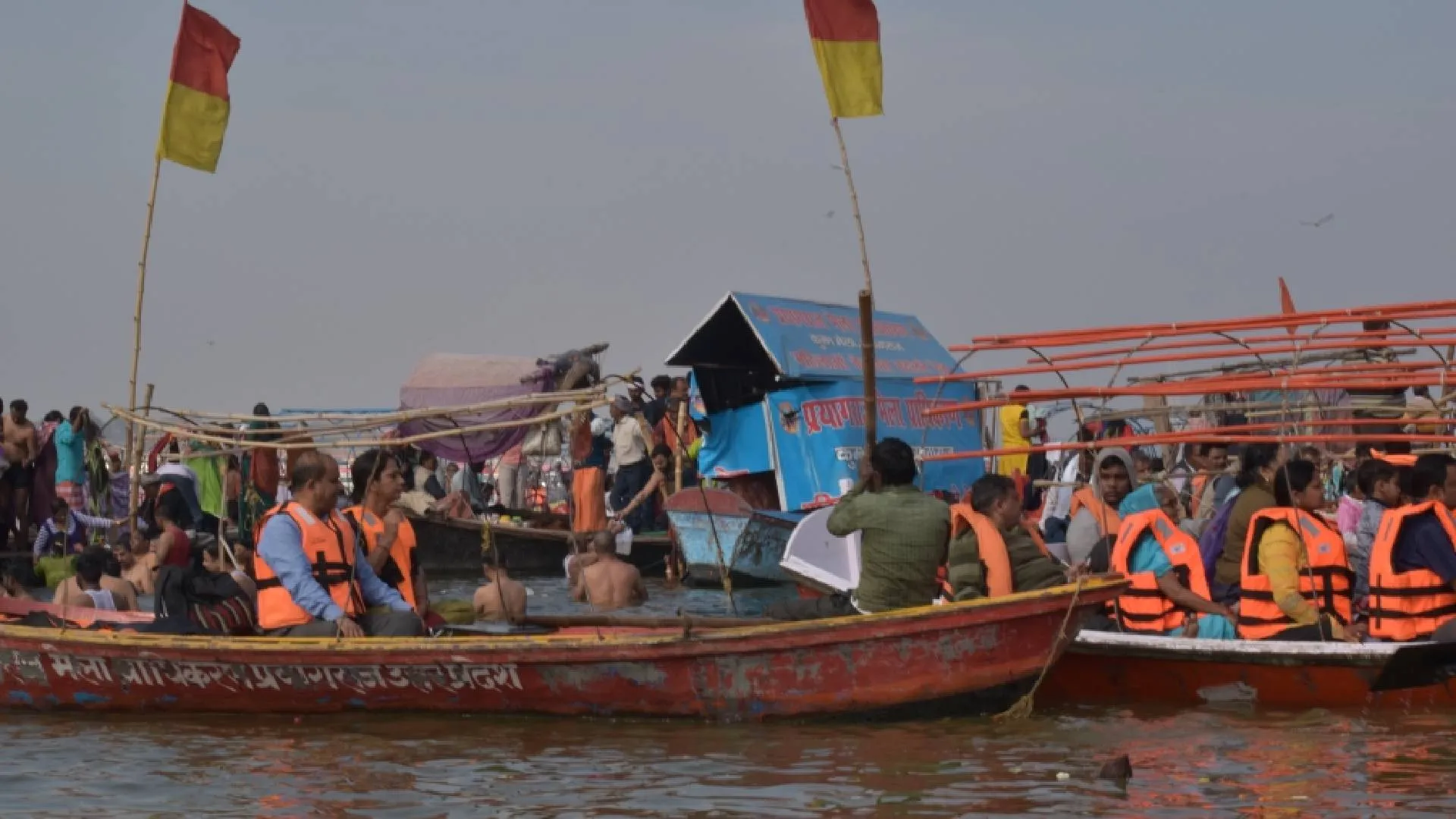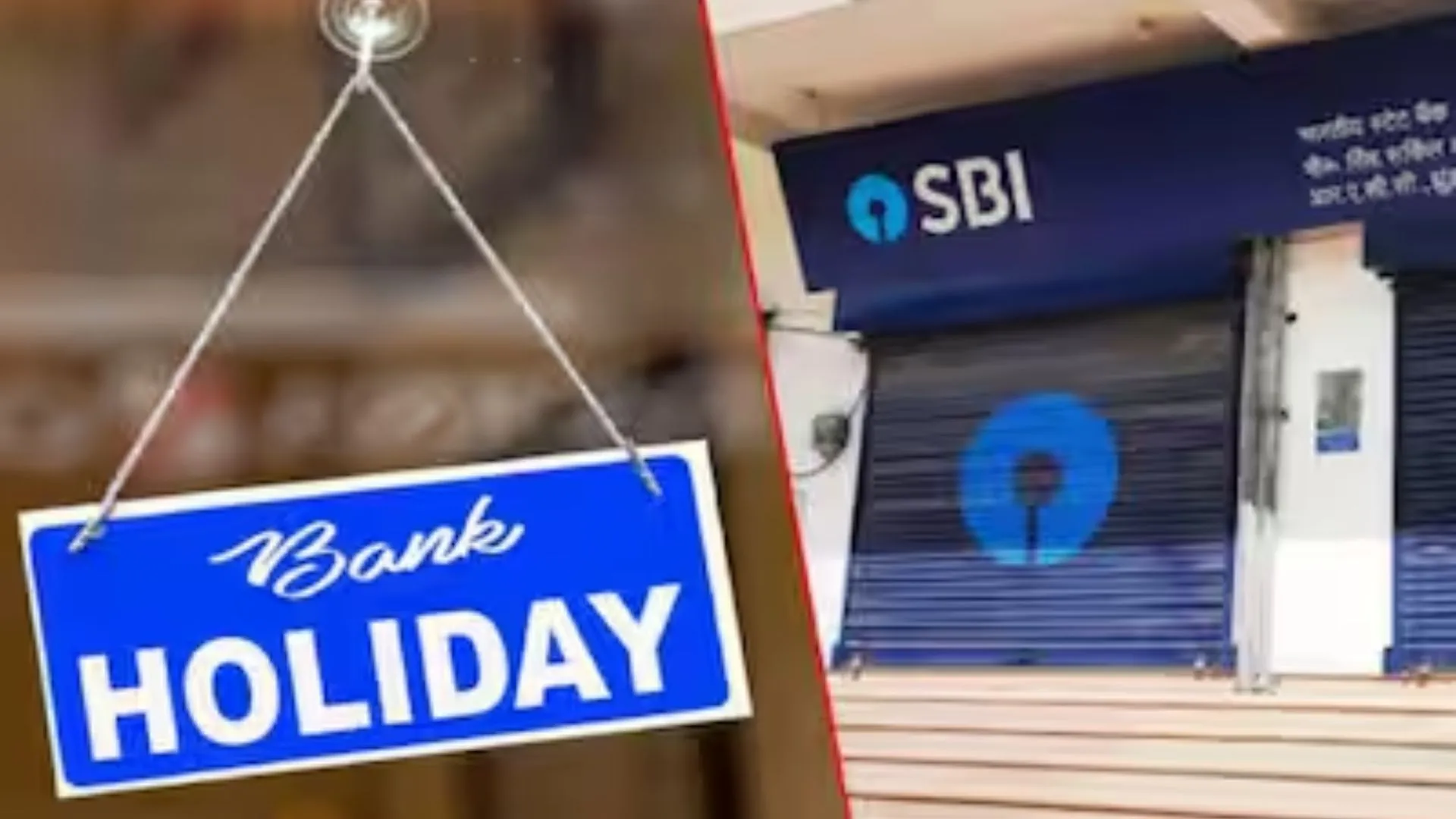For millions of Hindu pilgrims, the Kumbh Mela festival is the highest act of devotional worship in ritual bathing where the Ganges, Yamuna, and mythological Saraswati rivers supposedly meet. In this sacred site, which has been taking place for hundreds of generations, the Nishad community has played a most important role as boatmen who ferry these pilgrims in narrow wooden boats across the confluence.
Despite new safety restrictions this year, these boatmen continue to provide invaluable service devoutly in their sacred duty faithfully to the devoted faithful.
Nishad Community: Lifelong Service Under Sacred Obligations
“We take the devotees to the holy place in our boat,” said 52-year-old boatman Chhote Lal Nishad. He expressed this after ferrying six pilgrims out into the water at dawn in his narrow wooden boat. “We permit pilgrims to bathe with love and happiness and then return safely.”
Chhote Lal, like most of his friends, believes that his family’s profession is a sacred legacy passed down through generations. Besides ferrying the pilgrims to the riverbanks, the boatmen also take it upon themselves to narrate the religious significance of the waters and the history of the Kumbh Mela. Their deep knowledge of the rivers and their surroundings also makes them integral in rescuing drowning bathers during the festival.
Hindus believe that bathing in these holy waters purifies one’s soul, cleansing them of sin, breaking the cycle of rebirth, and bringing them closer to salvation. The Nishad boatmen’s role, thus, extends beyond mere transportation. They are the guardians of an ancient and spiritual profession.
New Generation of Boatmen Upholds Tradition
While it is an year-round tradition to continue with, the work comes at its height during the festival of Kumbh Mela. The Mela, after a 12-year break, was set to start earlier this month at Uttar Pradesh’s Prayagraj. Already, tens of millions of devotees have come to take bath in the festival. Nishad boatmen are carrying out their work although the administration does not allow the access to restricted areas due to safety reasons.
Viraj Nishad, 23, is part of the new generation of boatmen and is determined to carry on his family’s proud tradition. “It is because of us that devotees can visit the holy site and take a dip in the river,” he said with pride.
While the traditional occupation of carrying pilgrims toward the heart of the confluence of the rivers Ganges and Yamuna still thrives from these boatmen, the Government has restricted free entry to congested areas owing to safety risks. However, they are found still ferrying people to comparatively lesser crowded zones outside the densely congested ghat areas or the central baths.
Challenges and Hopes for a Better Future
Despite the restrictions, many pilgrims prefer the traditional wooden boats, rather than larger, more modern vessels. “The wooden boat moves slowly, and the joy and experience. Is something which you cannot feel in modern boats,” said Ajeet Kaur Prajapati, 60, from Delhi. She compared the pleasure of traveling in a wooden boat to the comfort of eating food cooked by one’s mother. “The pleasure of eating food cooked by your mother is the same pleasure as traveling in a wooden boat,” she added.
However, Chhote Lal Nishad vented their frustrations over their inability to carry on their trade freely. “The river is the only support for the Nishad community,” he said. “If there is no river we will die of hunger.” He was also very optimistic this year over Kumbh Mela that they would raise enough money to sustain their children but all were broken by these restrictions.
Temporary City for Pilgrims
This Kumbh Mela is something unique in religious gatherings anywhere else in the world. The size of the gathering is estimated to be as massive as a temporary city, expecting up to 400 million pilgrims throughout the festival. In February last month, tragedy befell the event when at least 30 people were killed and many more were injured in a stampede triggered by a surging crowd.
Despite these obstacles, the Nishad boatmen are quite dedicated to the role they play in the festival. They ferry pilgrims across to the holy waters, giving them not just a service but a deeply spiritual experience that is passed down from generation to generation. For them, the Kumbh Mela is more than just a religious event; it’s a way of life.





















